The generator consists of three main blocks:
-The actual source and Geiger tube (inside a leaded enclosure);
-A power supply/pulse shaper (which powers the tube with 400VDC, and gather the pulses the Geiger generates);
-The Microcontroller, which handles the talk with the PC.
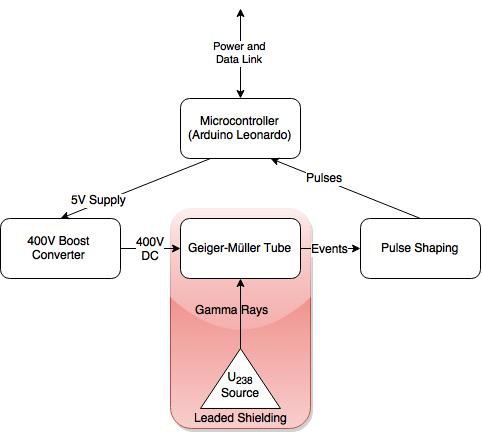
My project has to meet the following goals:
-Safety. I want the source to be completely shielded, and still allow me to carry it around without risking to compromise the lead lining.
-Power. The whole thing has to be powered by USB. That shouldn't be too much of a problem, as the circuit does not draw more than 100mA at full power.
-Size. Something small, that fits in a small enclosure.
-Simple. It should be able to talk with the computer through a COM port, to use the data easily with any program I want... That should be easy to do with an Arduino Leonardo.
-Lifespan. Geiger-Müller tubes aren't eternal: they wear out after a certain amount of counts (10^8 typically). The source has to be sufficiently radioactive to generate enough pulses, but not too much that it wears out after a month.
 M.daSilva
M.daSilva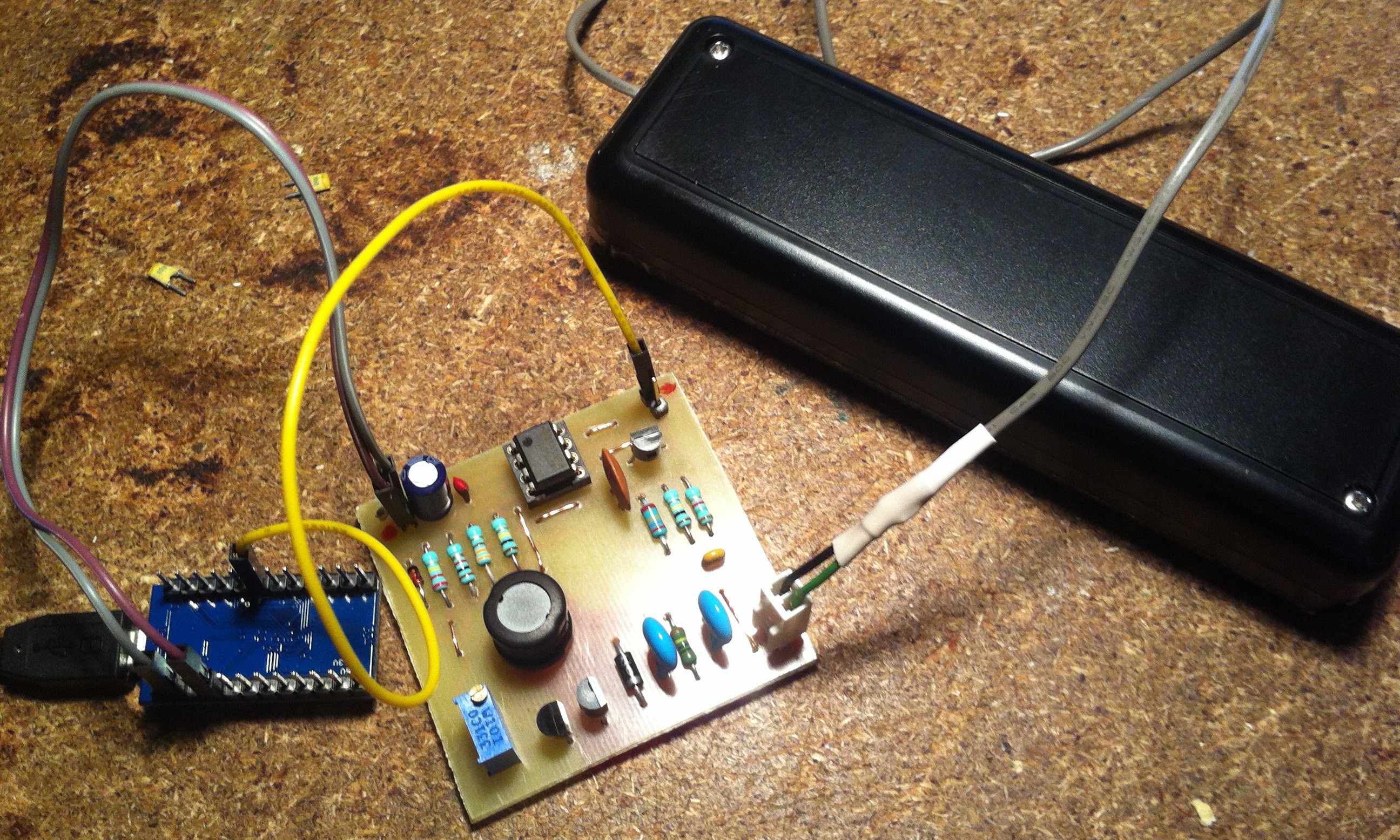
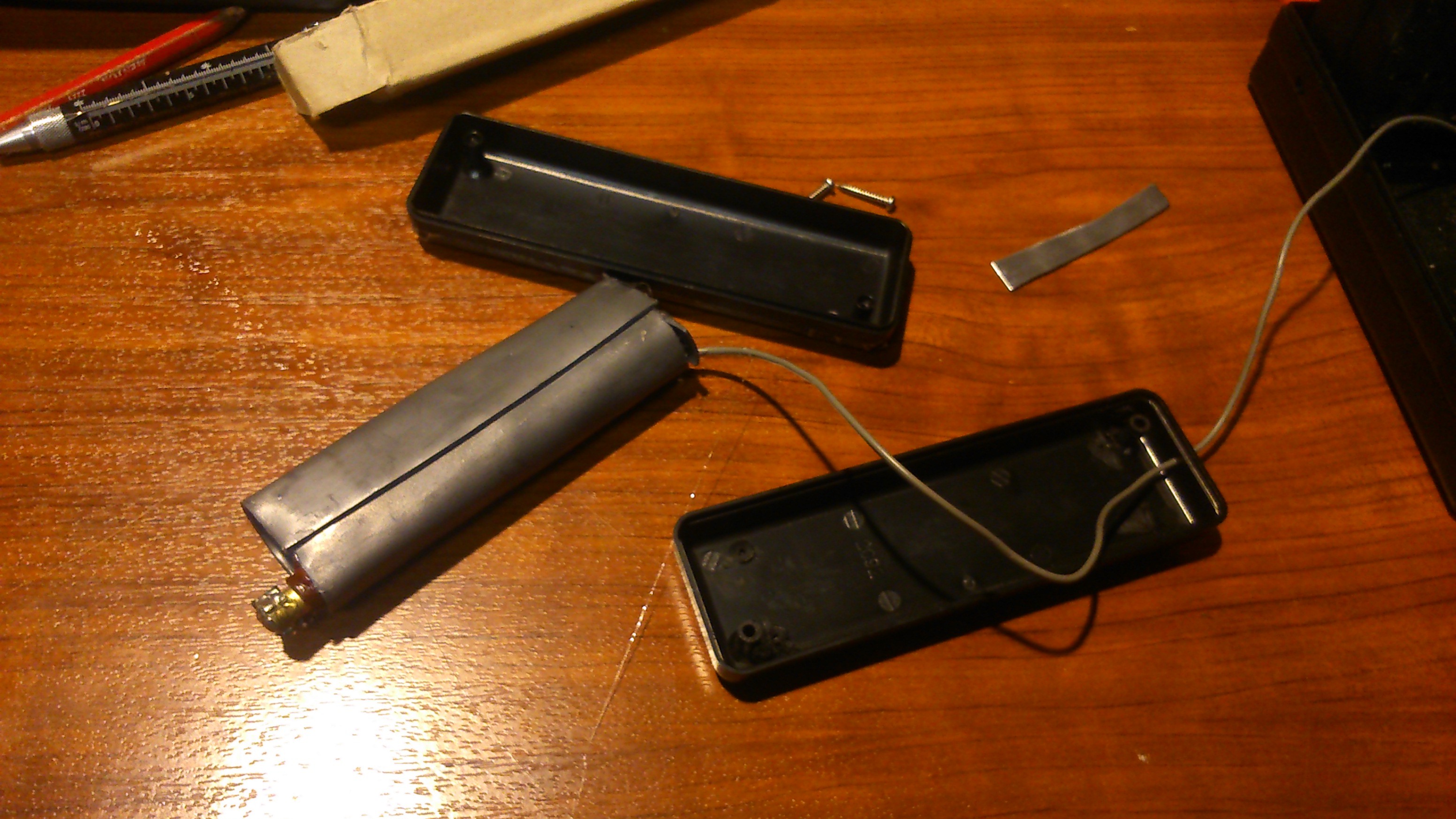
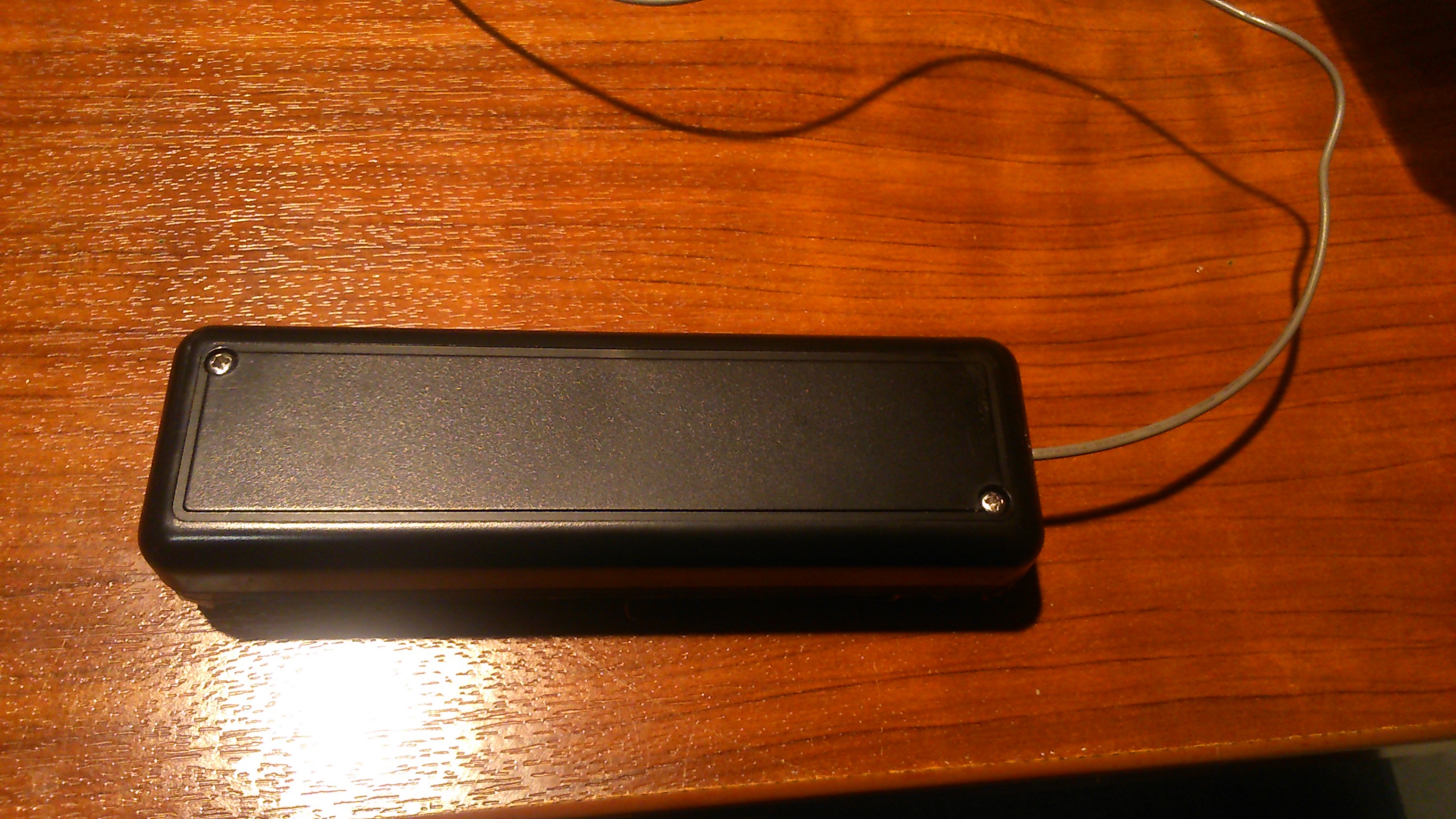
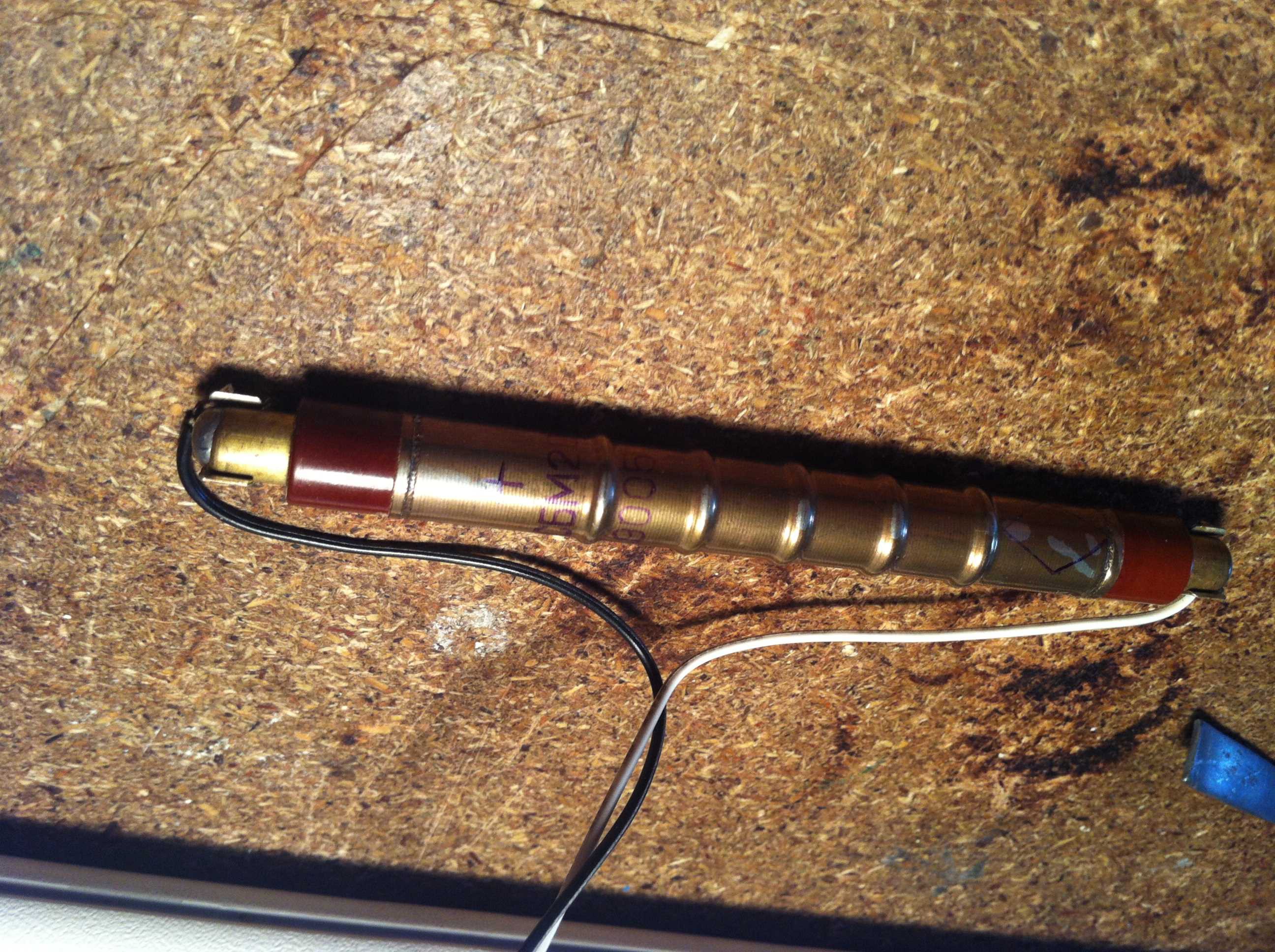
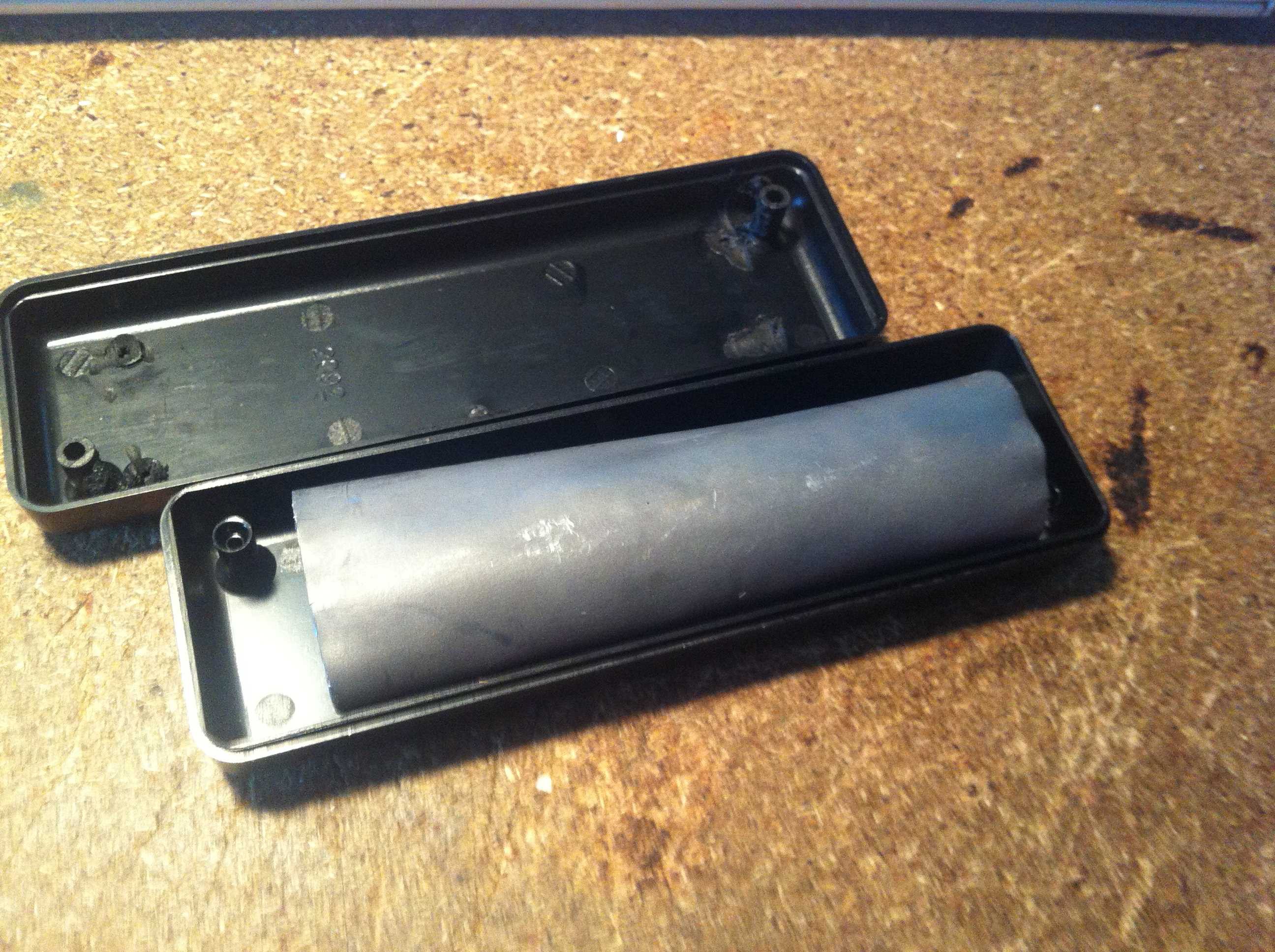
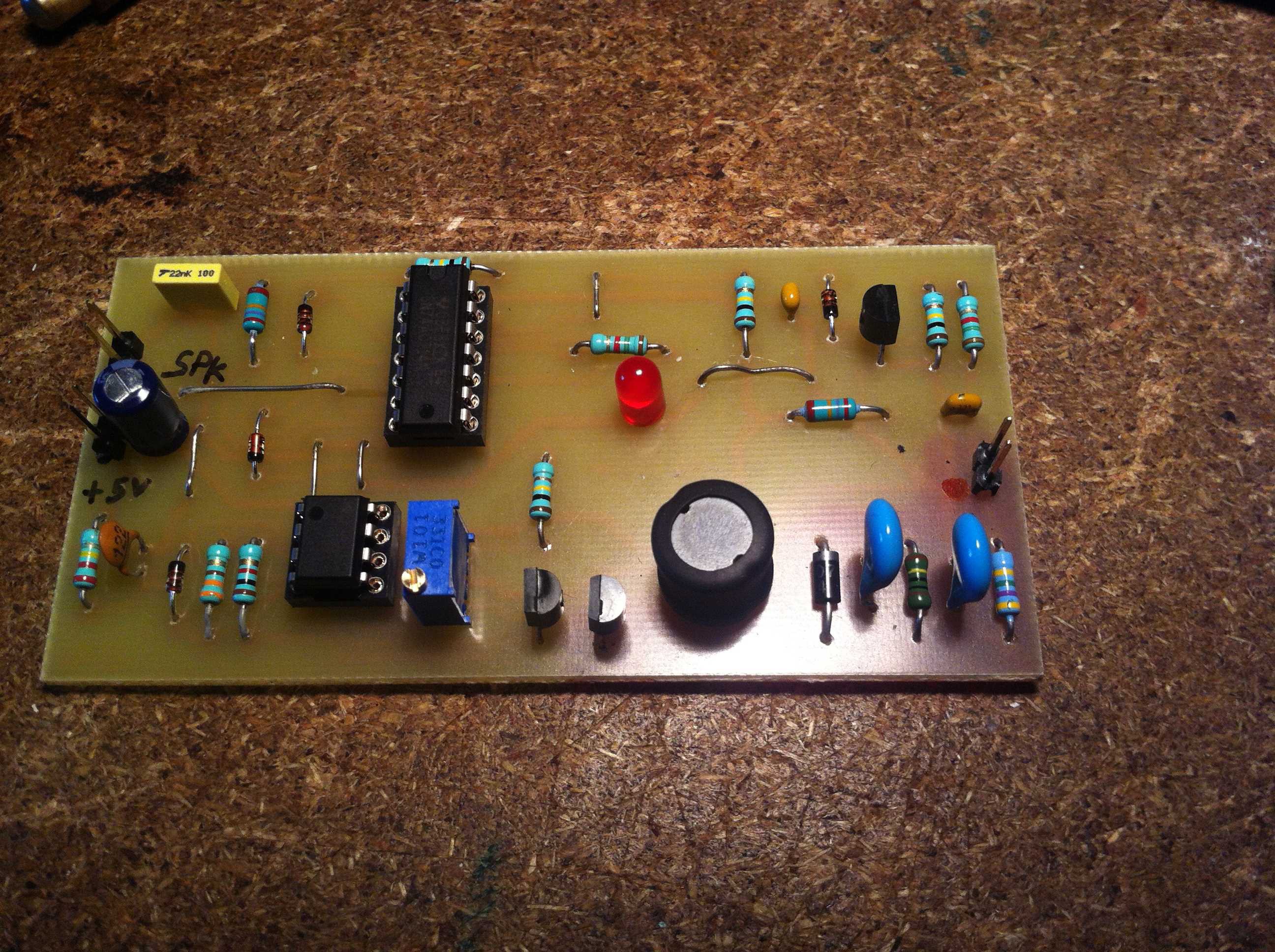
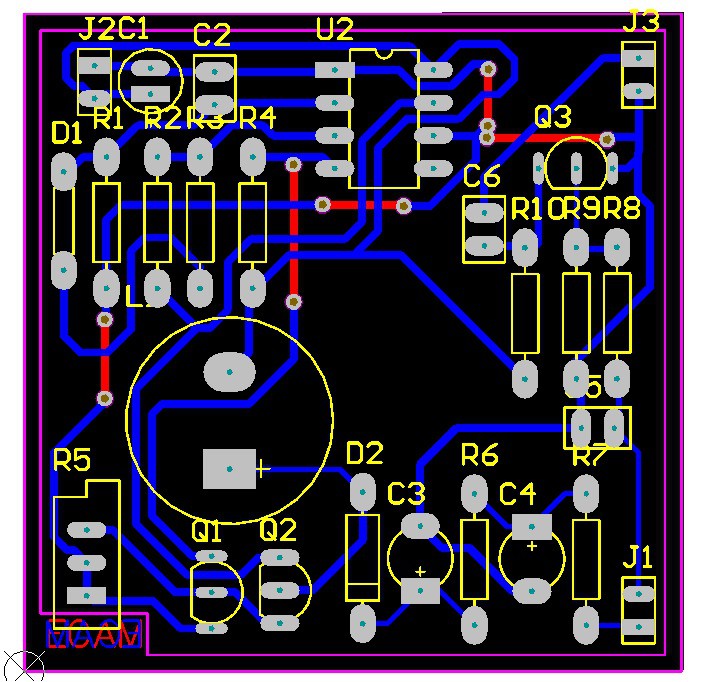
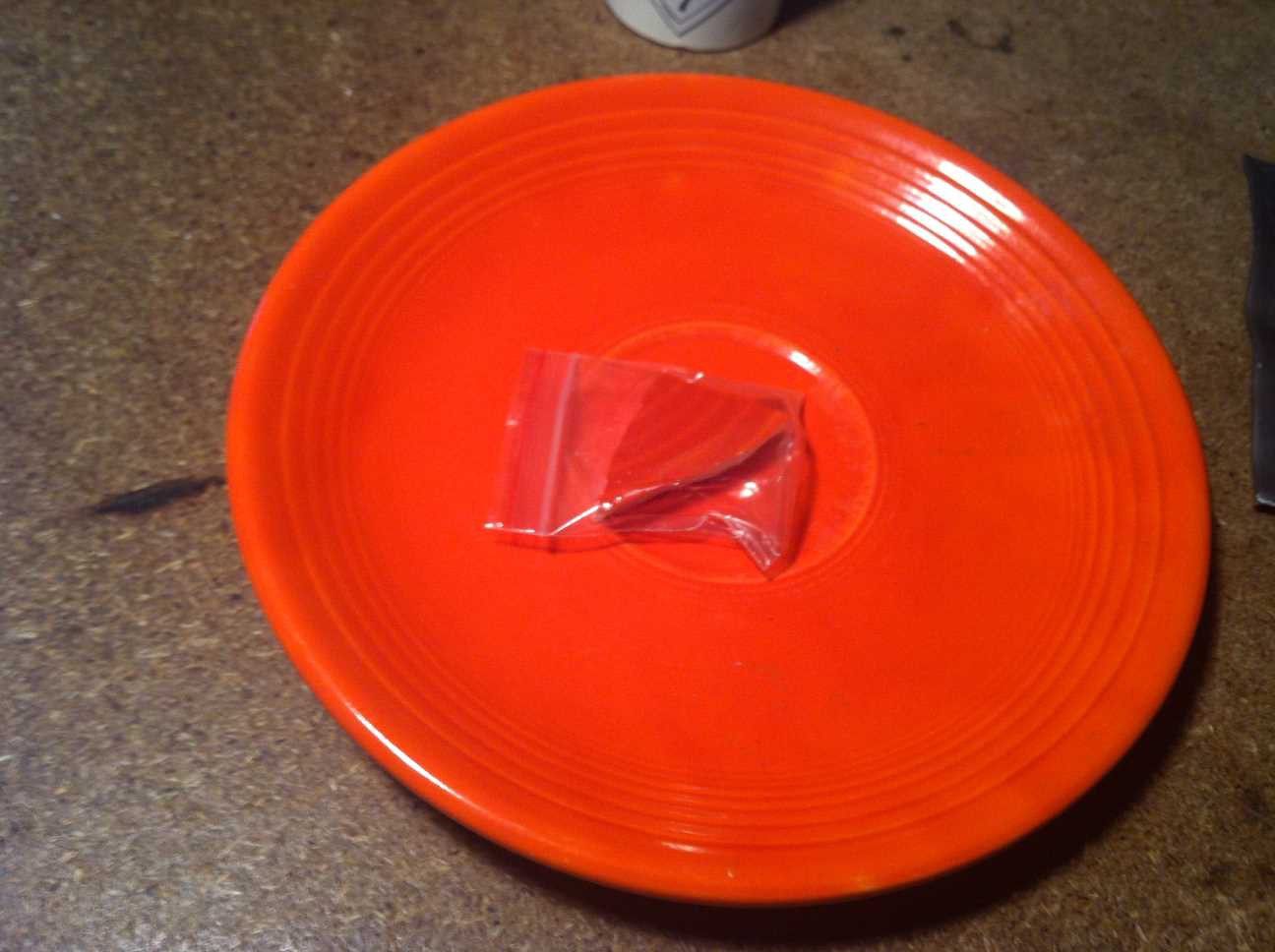

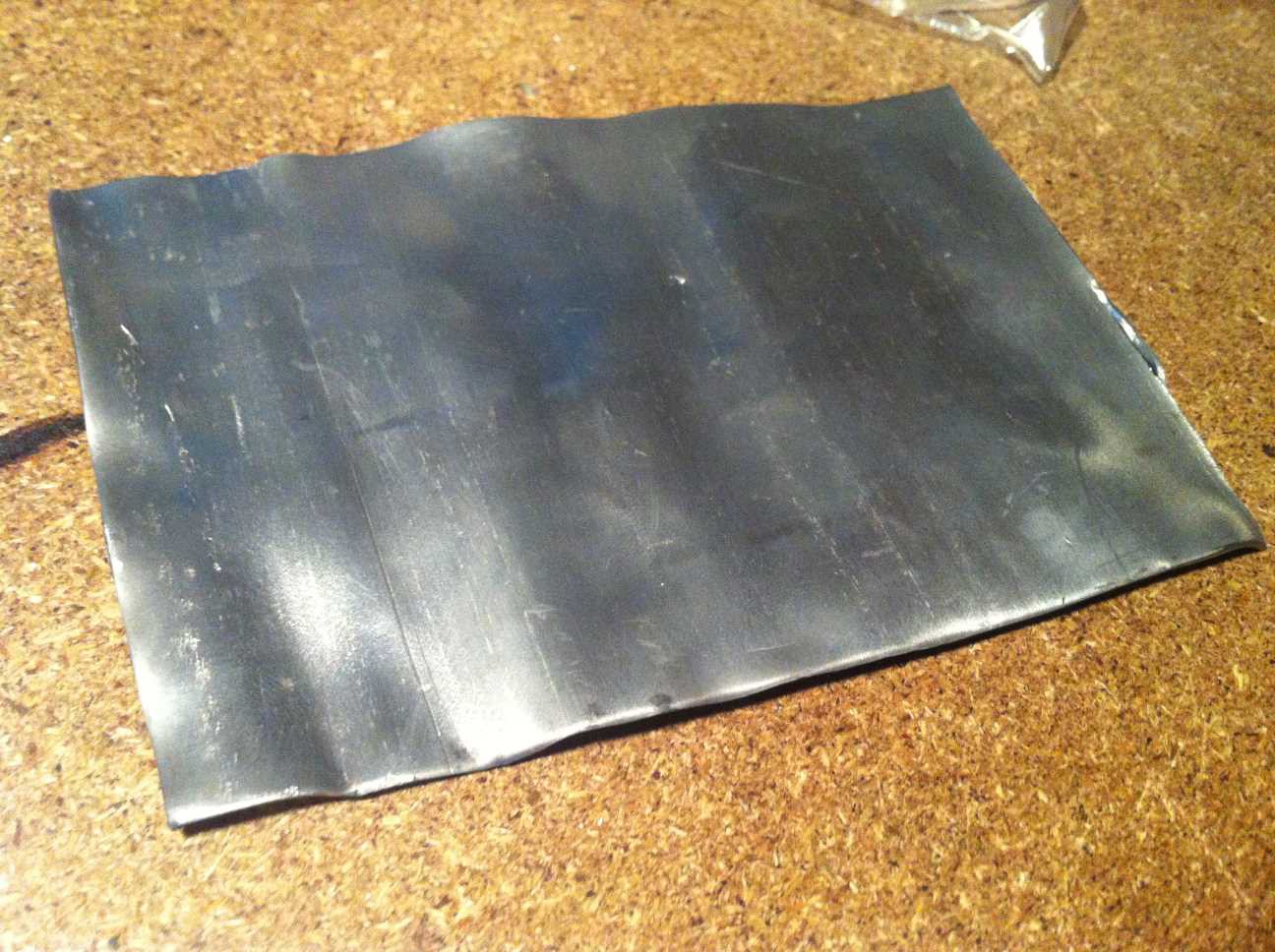
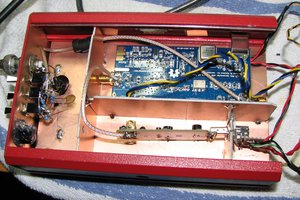
 DainBramage
DainBramage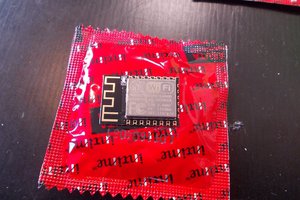
 Arya
Arya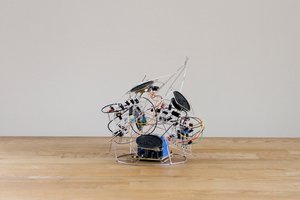
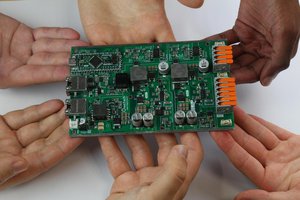
 Jean Alinei
Jean Alinei